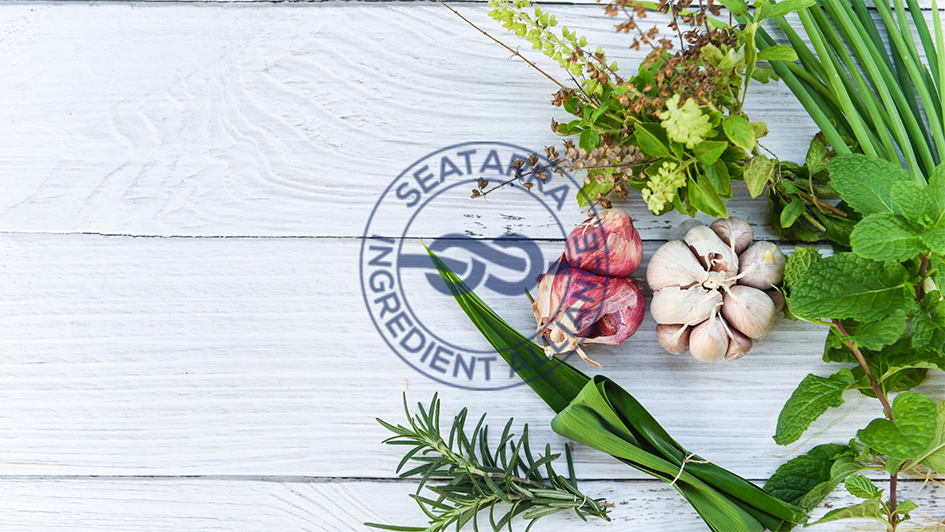
The Whole Herb: Integrating Whole Plant Benefits into Your Diet
In the pursuit of health and wellness, the adage “whole is better than the sum of its parts” is especially true when it comes to using herbs in our diet. Whole plant consumption—using every edible part of the plant—ensures that we receive the full spectrum of health benefits, including a range of vitamins, minerals, and potent phytonutrients that work synergistically to enhance our health. This comprehensive approach not only maximizes nutritional uptake but also respects the balance and complexity of nature’s offerings. Here’s how you can embrace the whole herb philosophy in your daily diet to promote health and vitality.
The Philosophy of Whole Plant Use
The concept of using the whole plant is rooted in traditional medicine systems like Ayurveda and Traditional Chinese Medicine, which often use entire plants to maximize their therapeutic potential. Modern nutrition science supports this approach, as consuming all parts of the plant provides a comprehensive nutrient profile that can help reduce waste and increase health benefits.
Benefits of Whole Plant Consumption
1. Nutritional Completeness
Whole plants provide a complex mix of nutrients that isolated supplements cannot match. For example, eating fresh parsley not only gives you vitamin C but also apigenin, an antioxidant flavonoid that supports cellular health and reduces inflammation.
2. Enhanced Synergy
The natural compounds in plants often work best when consumed together. This synergy can enhance their absorption and effectiveness. For example, the anti-inflammatory effects of ginger are more potent when the whole root is used, as it contains gingerols, shogaols, and zingerone, which collectively contribute to its health benefits.
3. Reduced Environmental Impact
Using the whole plant, including leaves, stems, and roots, helps minimize food waste and promotes a more sustainable approach to consumption. This practice encourages a deeper connection to food and respect for the environment.
Key Whole Plants for Health and How to Use Them
1. Turmeric
Turmeric is renowned for its curcumin content, which provides powerful anti-inflammatory and antioxidant benefits. However, the whole turmeric root also contains essential oils and other curcuminoids that enhance its health properties. Use fresh turmeric root grated in curries, smoothies, or teas to enjoy its full benefits.
2. Ginger
Ginger root is used for its anti-inflammatory, digestive, and anti-nauseatic properties. Unlike its dried form, fresh ginger includes gingerol, which has potent antioxidant and anti-inflammatory properties. Add fresh ginger liberally to stir-fries, soups, and even smoothies.
3. Garlic
Whole garlic contains allicin, a sulfur-containing compound known for its antibacterial and anti-inflammatory properties. When garlic is chopped or crushed, allicin is formed, providing its renowned health benefits. Use garlic in everything from sauces and dressings to marinades and roasted vegetables.
4. Peppermint
Peppermint is beneficial for digestion and relieving IBS symptoms. Using the whole leaves, either fresh or dried, can help soothe digestive issues and freshen breath. Add peppermint leaves to teas, salads, or homemade health drinks.
5. Dandelion
Every part of the dandelion is edible—from root to flower. The leaves are rich in vitamins A, C, and K, while the root provides inulin, a prebiotic fiber that supports digestive health. Use dandelion greens in salads or sauté them as a side dish. The roots can be roasted and brewed into a coffee-like beverage.
6. Nettle
Nettle is highly nutritious and contains a variety of minerals and vitamins. Whole nettle can be used in soups or teas. It’s particularly beneficial for its anti-inflammatory properties and support of urinary tract function.
Integrating Whole Plants into Your Diet
Cooking Tips
- Infusions and Teas: Use whole dried herbs like chamomile or lavender to create soothing teas.
- Soups and Stews: Add roots like burdock or astragalus to soups and stews to extract their medicinal qualities.
- Smoothies: Incorporate whole leaves such as kale or spinach into smoothies for a nutrient boost.
- Topical Applications: Create poultices or masks with whole plants like aloe vera or calendula for skin benefits.
Conclusion
Embracing the whole herb in your diet is about more than just nutrition—it’s a holistic approach that respects the integrity of plant life and leverages the maximum health benefits these natural wonders have to offer. By incorporating whole plants into your meals, you not only enhance your health but also contribute to a more sustainable and ethical way of living. This practice encourages a deeper appreciation of nature’s gifts and promotes a lifestyle that is both healthful and harmonious with the environment.



